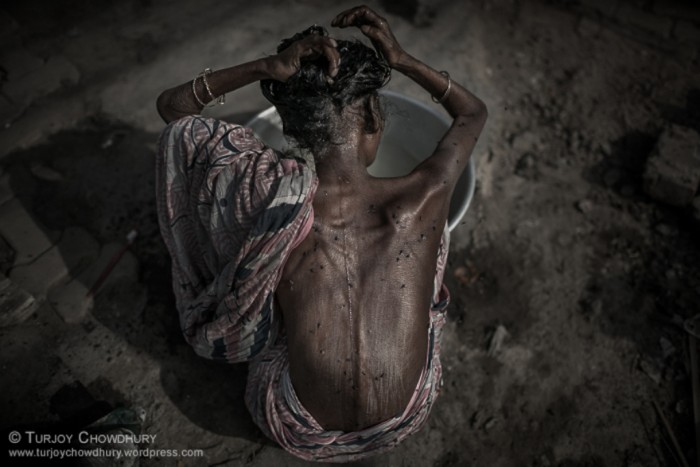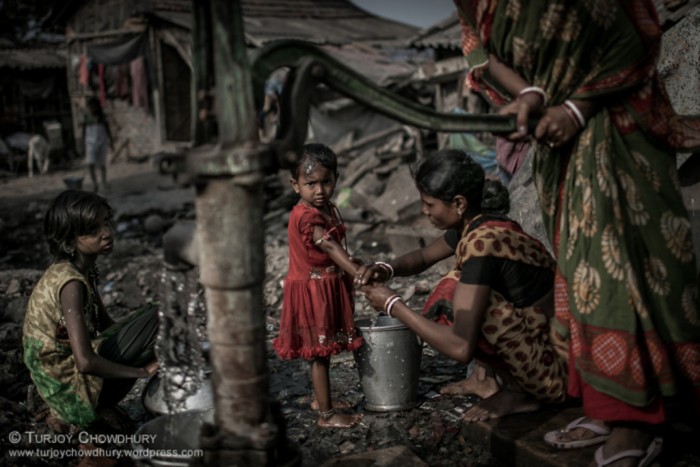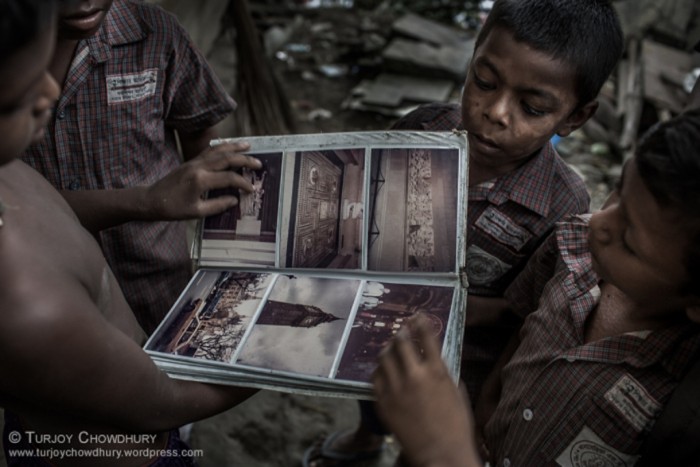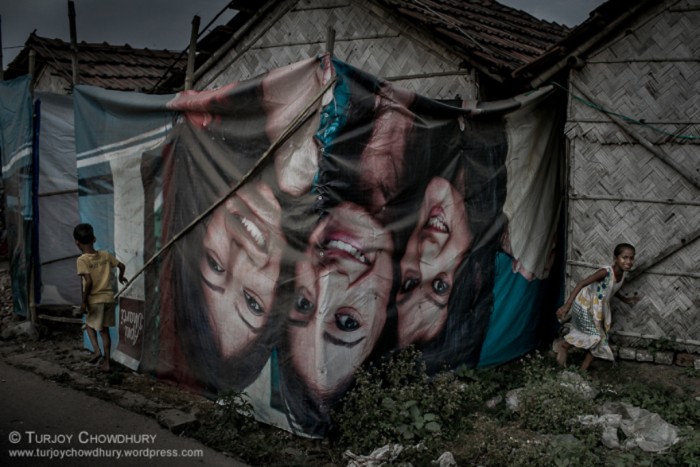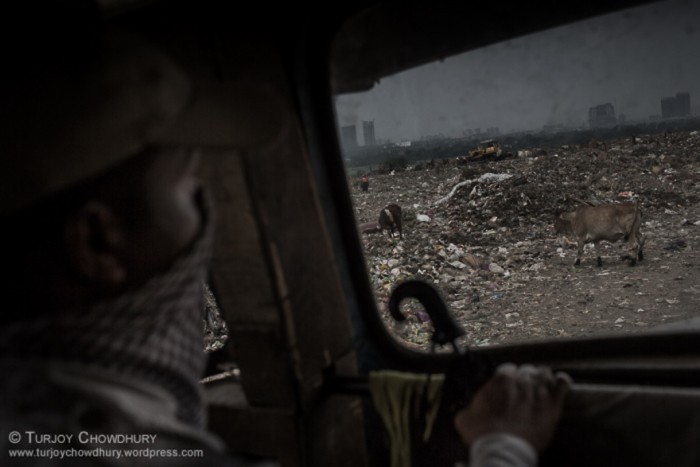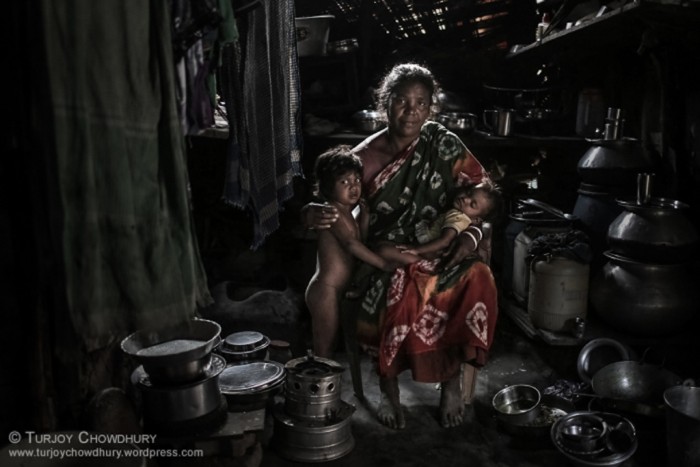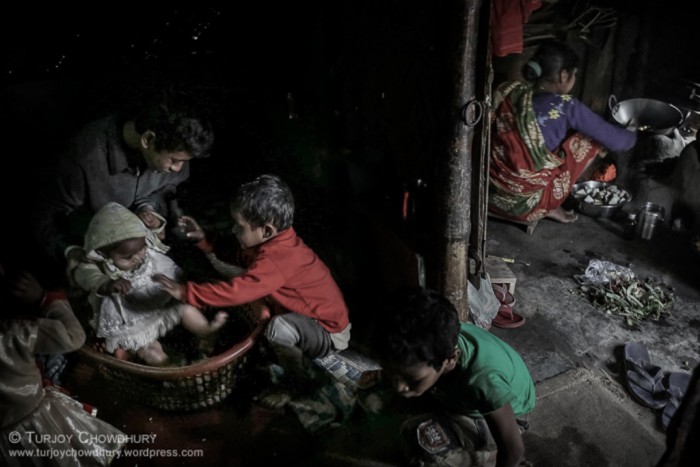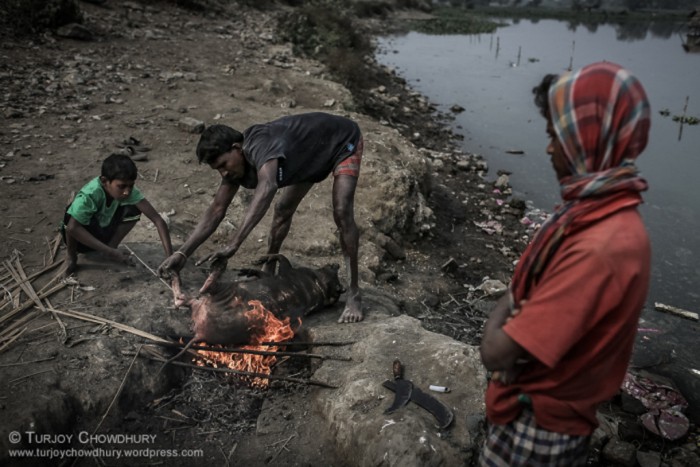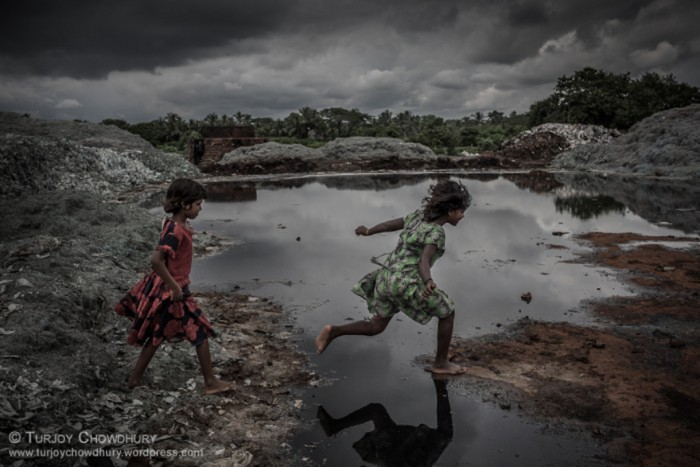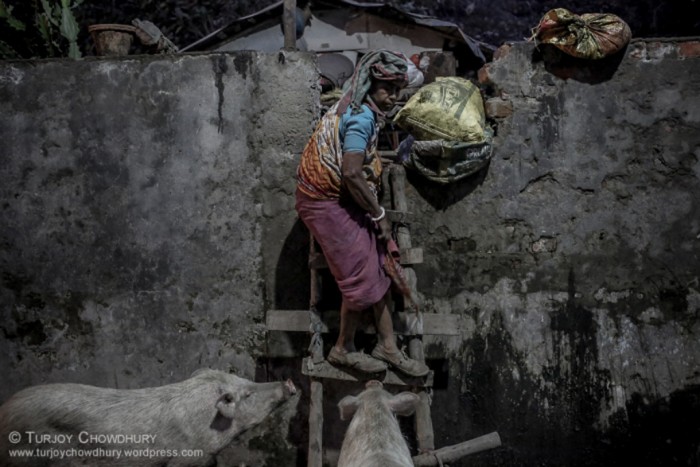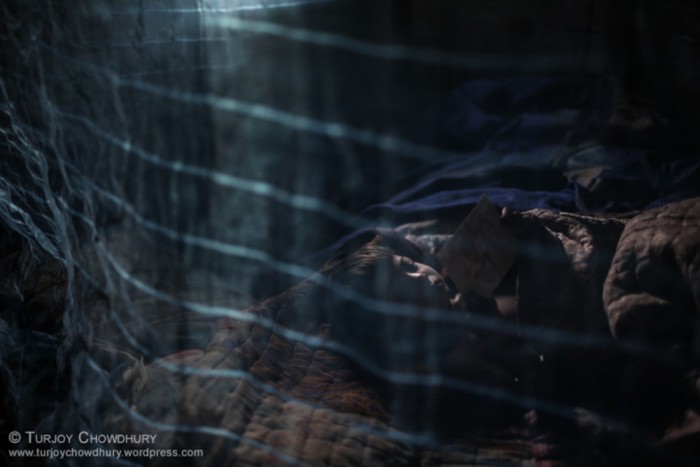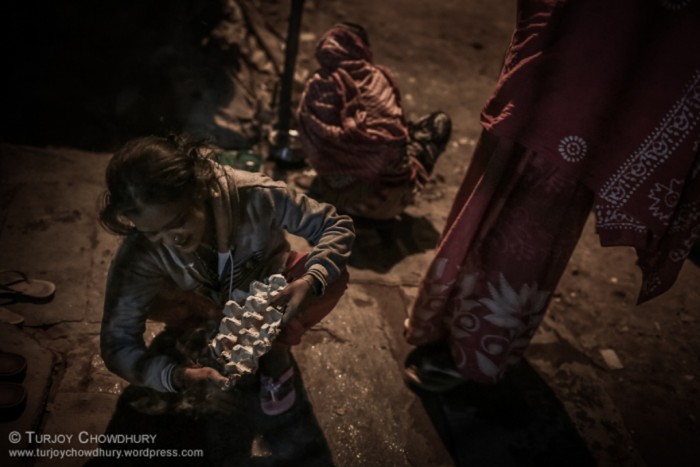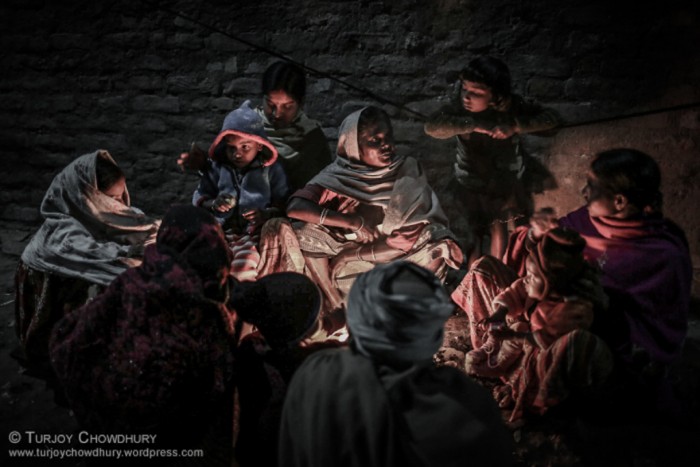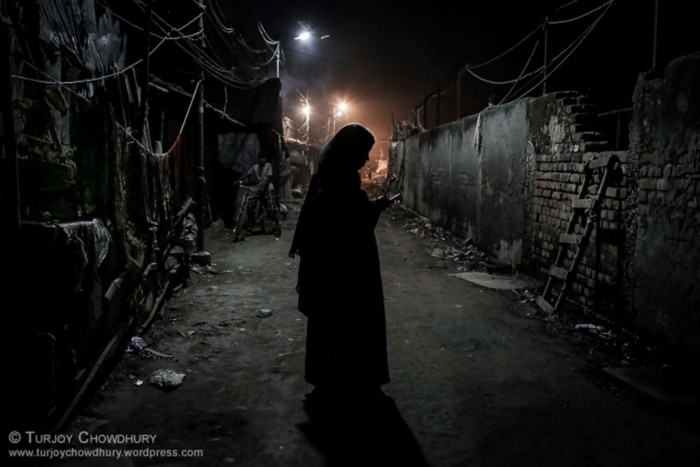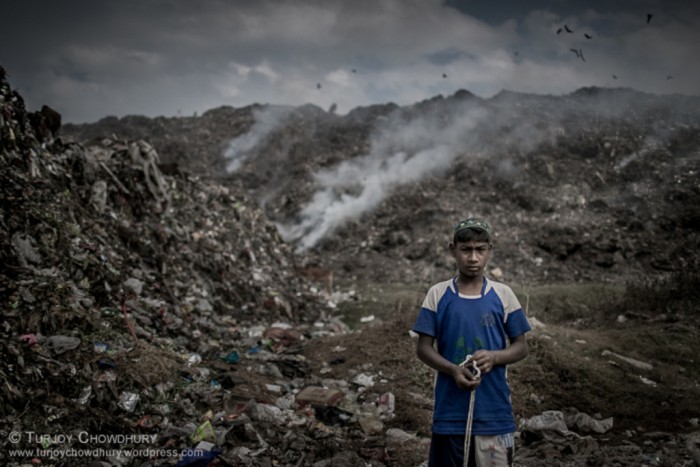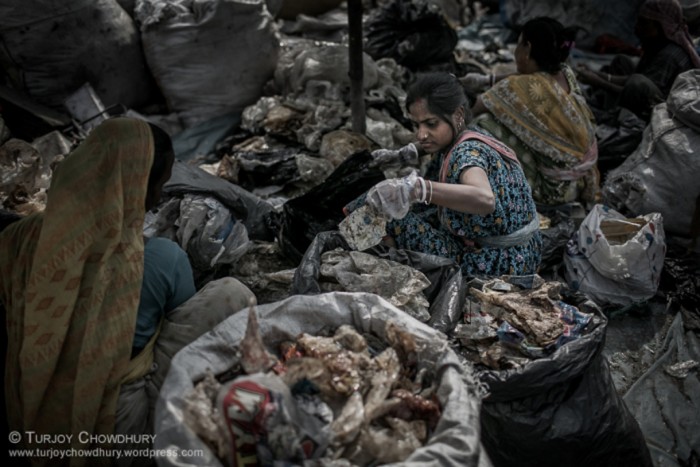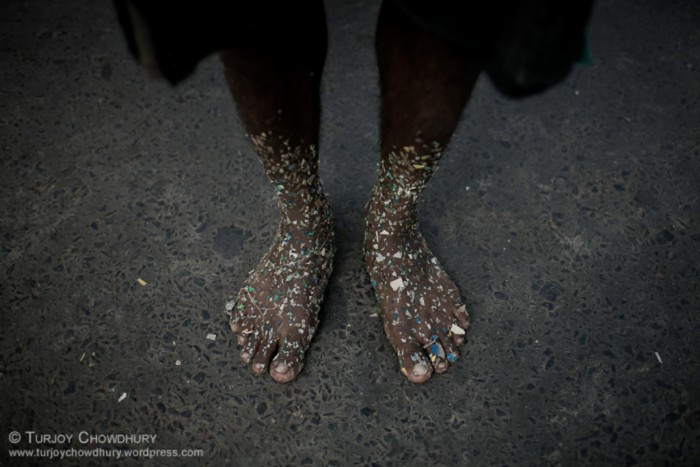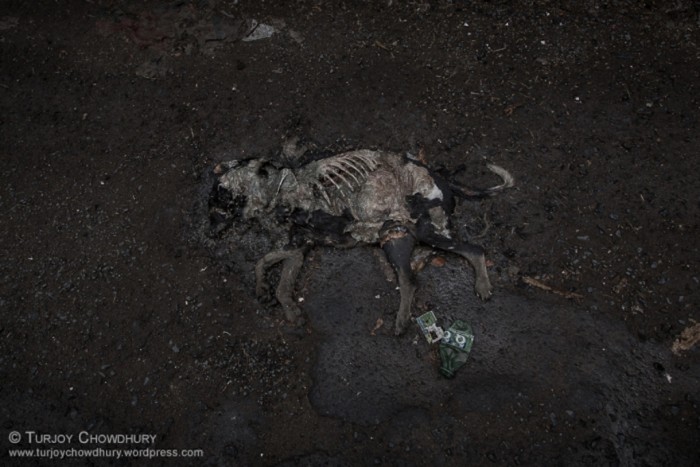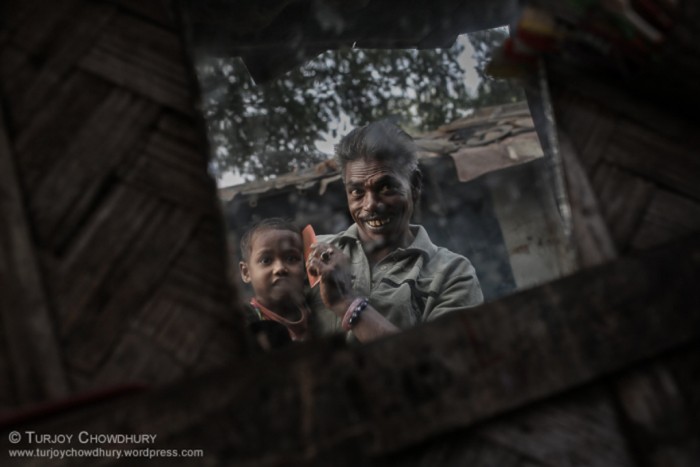Kolkata is known for its grand colonial architecture, art galleries and cultural festivals such as Diwali, the festival of lights and the Durga Puja, which features lighting decorations and fireworks in honour of Hindu goddess Durga. But on the outskirts of the capital of India's West Bengal state lies Dhapa, an area where an abandoned community has made a home surrounded by mountains of waste.
Established in 1987, Dhapa’s landfills cover around 67 acres of land. Originally built with the capacity to accommodate city’s wastes for 15 years, the waste dumps have outlived their intended purpose but over 2 000 tonnes of waste from the city still makes its way to area every day.
For photojournalist Turjoy Chowdhury the trash mountains of Dhapa were not easy to access. Speaking to Feature Shoot, Chowdhury explains that he made countless visits to the area in an effort to gain the trust of the locals.
The turning point came when Chowdhury was addressed by a man in the community, who asked, “What have you civilised people given us except for this mountain of garbage?”
“The man was right,” Chowdhury told Feature Shoot, “But I had nothing to give them except for the photos I took of them.”
The project, Life In Waste documents the people of Dhapa as they survive on the scraps dumped by the city. Many of them climate refugees, the community is made up of the poor who have been evicted or displaced by natural disasters. They make a living by picking rags, sorting out wastes, working in the recycling factories and tanneries and variety of other low-paying, unskilled jobs.
“I knew that it might give them a little bit of happiness and it did so but I never thought, these photographs would also bring out stories that have never been told before; stories heartfelt and honest. I found a new way of telling their stories using the photographs,” writes Chowdhury.

